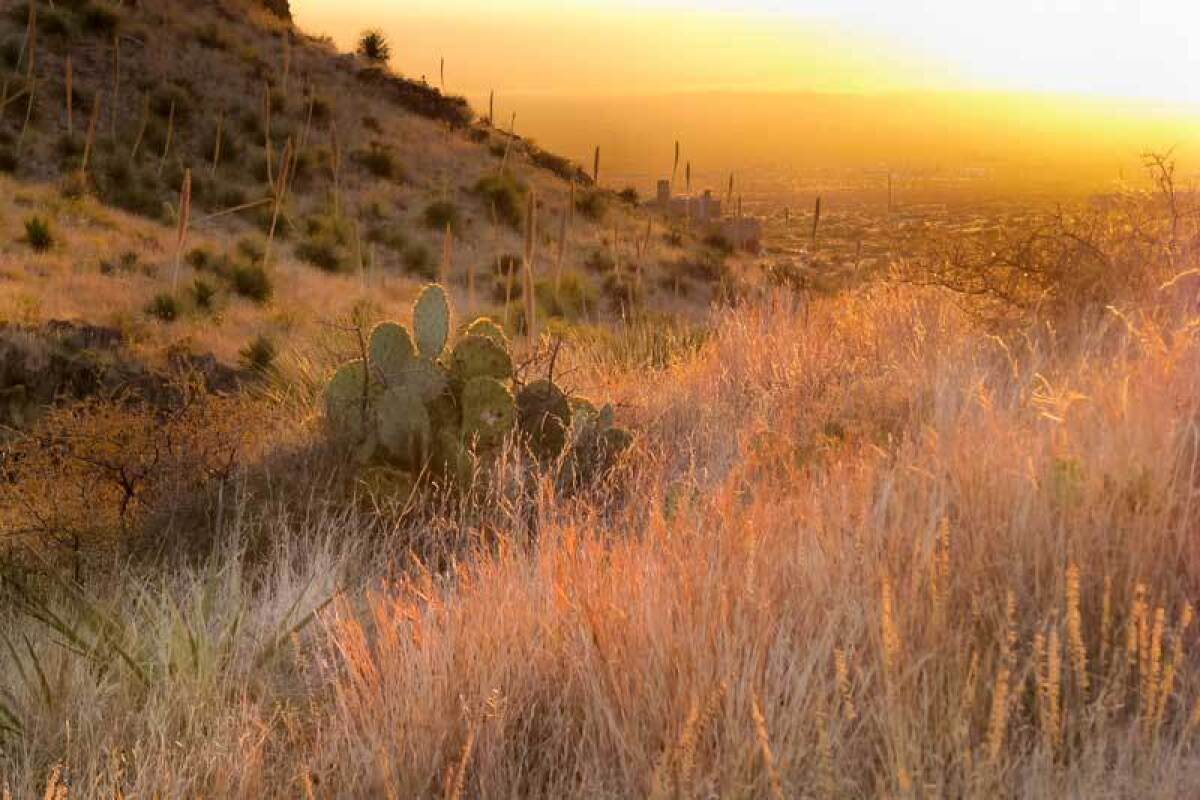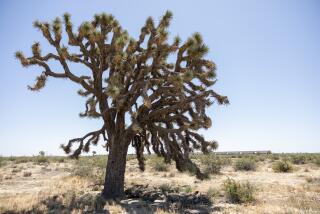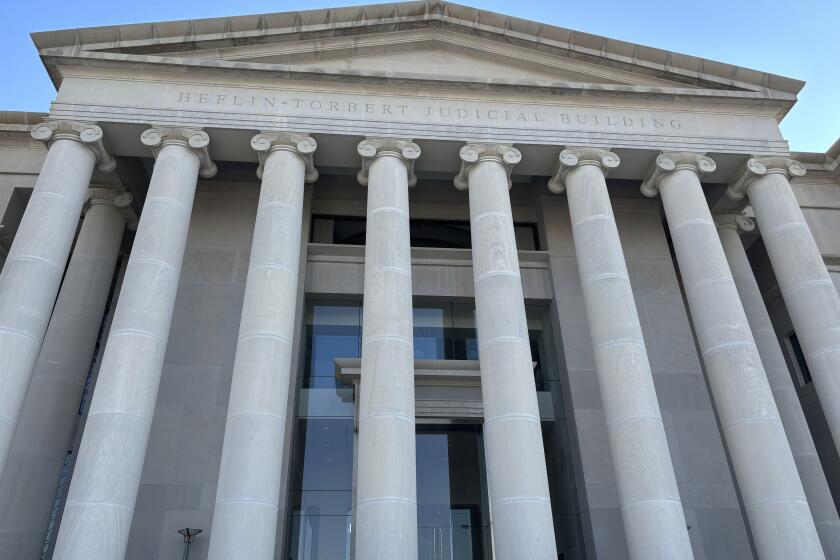Organ Mountains-Desert Peaks: beauty preserved or federal land grab?

Whenever Washington creates a federal park — just as President Obama did this week, designating a half-million acres along the U.S.-Mexico border as the newest national monument — environmentalists cheer about the preservation of precious land and outdoors types start planning trips to new trekking terrain.
But typical of most Washington decisions, not everyone is happy.
Hard feelings have followed the White House designation of the Organ Mountains-Desert Peaks area, a campaign that was more than a decade in the making.
Some Western lawmakers, local police and sheriffs’ departments — along with some federal drug enforcement agents — are critical of the designation, saying that it threatens security in a region dominated by the dangerous influence of Mexican drug cartels and human smuggling, as well as illegal border crossings. They say there are no provisions in the language that created the monument to give local law enforcement officers permission to patrol the monument lands.
The U.S. Customs and Border Protection insists that the new designation will not prevent local law enforcement from patrolling the area.
House Speaker John A. Boehner (R-Ohio) is leading a chorus of partisan complaints that the move is the latest example of a Democratic president taking unilateral action to bypass Congress. And followers of the so-called Sagebrush Rebellion, which favors states’ rights over the federal government, believe the monument designation is yet another example of federal overreach.
The U.S. maintains nearly 80 other national monuments — some created by acts of Congress; others by presidential proclamation.
The federal Bureau of Land Management operates 19 national monuments across nine Western states, including Arizona, California, Colorado, Idaho, Montana, New Mexico, Oregon, Utah and Washington. In 2012, Obama established the Cesar E. Chavez National Monument in California.
Many see the New Mexico designation as Obama making good on a promise he made during his 2014 State of the Union address: “I’ll use my authority to protect more of our pristine federal lands for future generations.”
The president signed the proclamation before a crowd at Interior Department headquarters in Washington, D.C., on Wednesday.
A new national government website hails the New Mexico monument as a powerful step forward that will preserve a natural bounty will creating jobs.
“Las Cruces has a once-in-a-lifetime opportunity to protect some of our area’s most beautiful and significant public lands,” the site said. “These lands possess unique Pre-American, New Mexican, and American history including training sites for the Apollo Space Mission, the Butterfield Stagecoach Trail, Billy the Kid’s Outlaw Rock, Geronimo’s Cave, World War II Aerial Targets, and thousands of Native American Petroglyph’s and Pictographs.”
It added: “Protection of these lands will preserve natural treasures like the Organ Mountains and bring jobs and economic development to our region far into the future.”
The White says the New Mexico monument could generate $7.4 million “in new economic activity annually from new visitors and business opportunities, while preserving access for sportsmen, ranchers and recreational users.”
But some Western states residents, including elected officials, said they don’t agree that the monument designation preserves access.
Earlier this month, Phil Lyman, a 50-year-old San Juan County commissioner, led a protest in which he and others drove their all-terrain vehicles into a Utah canyon that they say had been closed off by the BLM to protect Native American ruins.
Mike Noel, a member of the Utah State Legislature, said the creation of monuments like Organ Mountains-Desert Peaks remind him of an unsavory episode during the Clinton administration.
Noel, a former BLM worker, resigned in protest after Bill Clinton designated the Grand Staircase-Escalante National Monument in southern Utah in 1996, which then encompassed the largest land area of all U.S. National Monuments.
“We had just worked to get permission to mine some minerals out of that land that would have meant a huge boost to our local economy,” he told The Times. “That soured me.”
More to Read
Sign up for Essential California
The most important California stories and recommendations in your inbox every morning.
You may occasionally receive promotional content from the Los Angeles Times.











